In interviews about my book abroad, nothing bothered me more than the clichés about Iranian women’s lives. A German woman asked me, “Did you publish your book in Iran? Are women in Iran even allowed to publish books?” Or a man in Italy who told me, “Your writing is not real because women in Iran have to obey their husbands and do whatever their husbands tell them.”
I thought about it a lot and realized that when people’s only source of information are stereotypes from popular culture, they are obviously misled. But when they draw on art, especially literature, for knowledge, they can go much deeper. Most works of fiction have roots in the real condition of the society where the author lives, and literature, especially realistic literature, is a context for discernment of that society.
My novel I’ll Be Strong for You, translated into English by Poupeh Missaghi, follows three young women who are trying to make their own paths in modern-day Tehran. The characters sprung from my mind, but the context in which the story takes place is real. I started writing this book two years after the Iranian Green Movement, which protested the 2009 election, and I tried to capture the atmosphere we breathed.
In Iranian literature, women have written important books that document and reveal the lives of women over the last hundred years. Here are seven novels, translated into English, that present the real lives of Iranians:
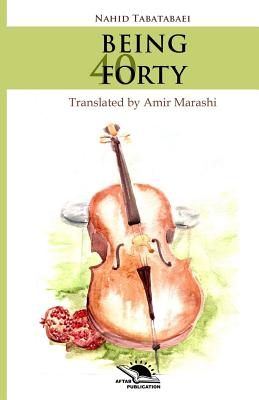
Being Forty by Nahid Tabatabaei, translated by Amir Marashi
This book’s protagonist has a midlife crisis. A former cellist, Alaleh works at an opera house, coordinating performances. She is outwardly successful, but not on the inside. On the eve of her 40th birthday, she reflects on her life—thinking about a former lover and about the dreams she once harbored. The midlife crisis is a universal trope in literature, but the ways in which we deal with it are unique to our societal conditions.
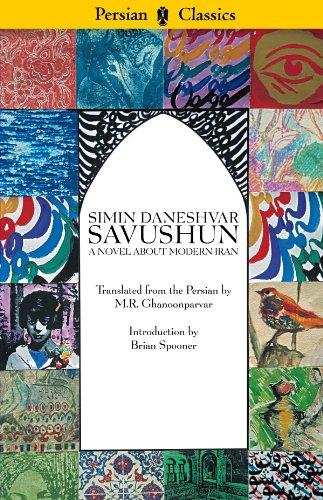
Sauvashun: A Novel about Modern Iran by Simin Daneshvar, translated by M.R. Ghanoonparvar
Some critics consider Sauvashun to be “the first Persian novel.” The novel is set in Shiraz, during the British occupation between 1941 and 1946. What better context to describe the oppression that existed in Iran in the 1940s? Zari aspires to be more than a wife and mother. Zari’s husband is a landlord who doesn’t want to do business with the British and is killed because of his resistance. The story is symbolic while still being realistic and is inspired by the story of Siavash’s mourning in Shahnameh. Some events also refer to the Iranian coup d’état of 1953, although the author could not write about it directly due to censorship at the time.
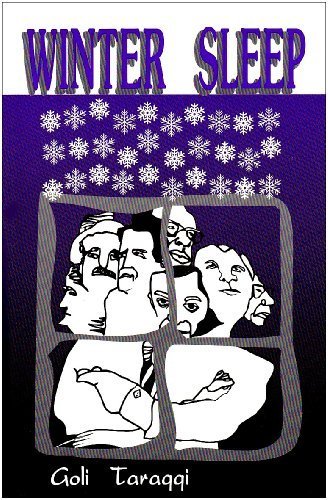
Winter Sleep by Goli Taraghi
Goli Targhi is known for her short stories. Written before the revolution, Winter Sleep is made up of ten interlinked stories about a group of old friends who have seen strange years in the history of Iran. An old man and his school friends made the decision to always be together, for the rest of their lives. But now they live far apart. Each chapter of the book narrates the life of each friend, the multiple voices painting a comprehensive picture of the lives of the people of that time.
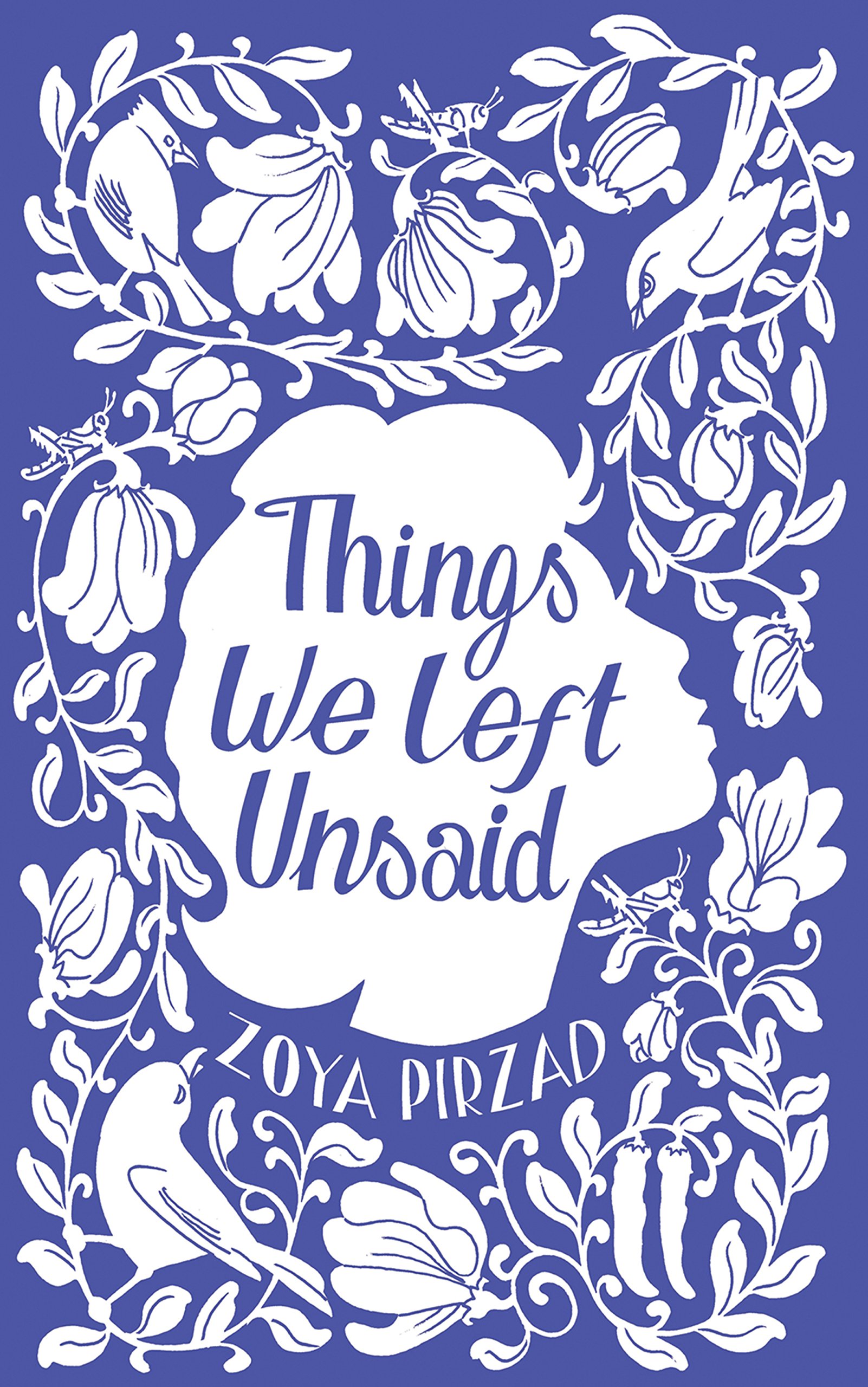
Things We Left Unsaid by Zoya Pirzad, translated by Franklin Lewis
This story takes place in the 1960s. An Armenian family lives in Abadan, a city in southern Iran, in a private neighborhood that has been built for the employees of an oil company. The mother, Clarice Ayvazian, is bored and tired of her monotonous lifestyle and is hungry for change. In her dreams, she imagines having an affair with her neighbor. Meanwhile, the fraught and complex political and social situation is brought home by her husband.
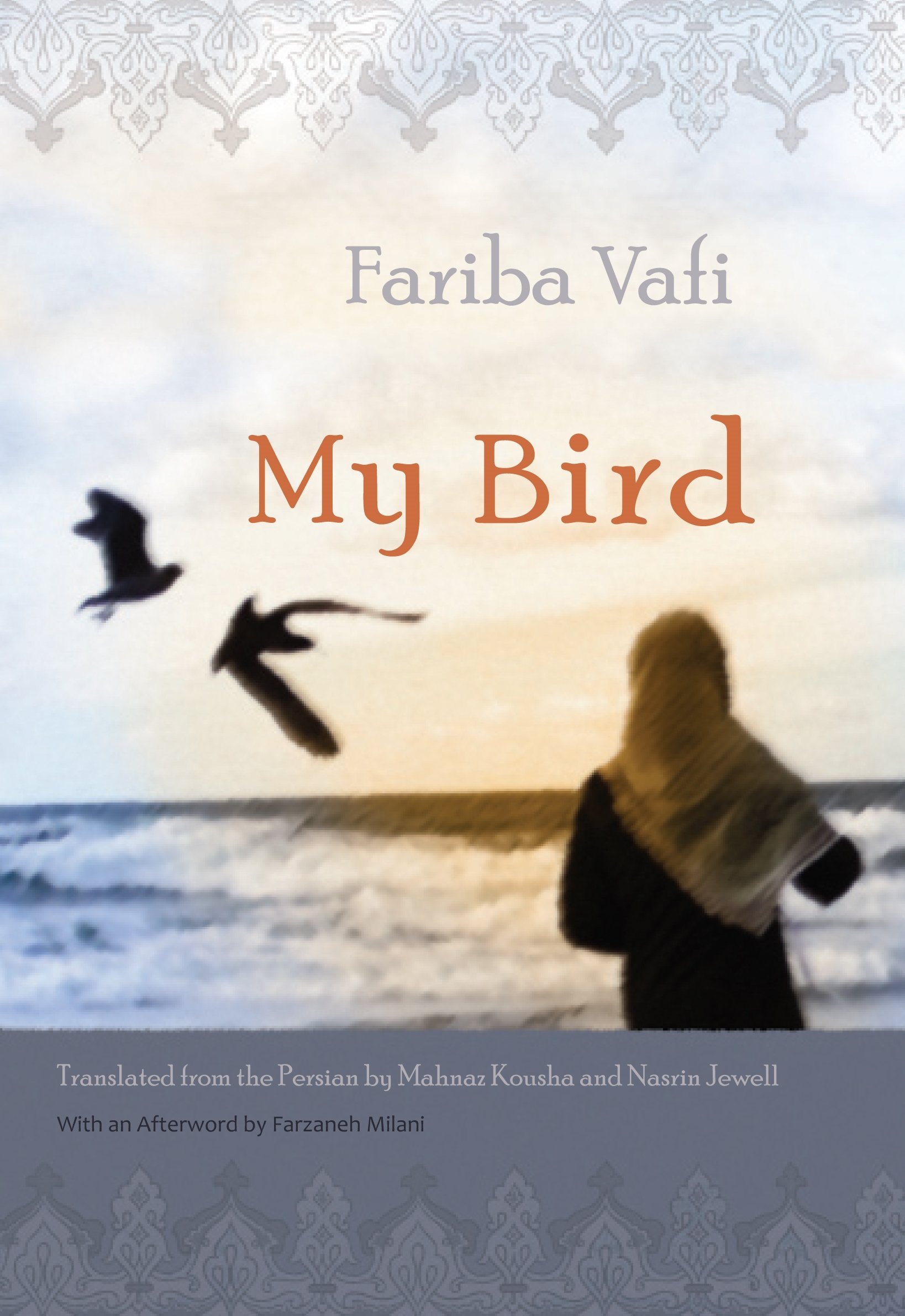
My Bird by Fariba Vafi, translated by Mahnaz Kousha & Nasrin Jewell
What can a woman do if she has a strong desire to stay while her restless husband is constantly thinking of leaving? Submit. The unnamed central character is modest and has never fought for anything. Her greatest joy is the small house she bought with her husband. But now, when her husband wants to sell the house and emigrate, she wants to set aside her marginal presence in their life. My Bird is a short and powerful novel full of brilliant sentences.
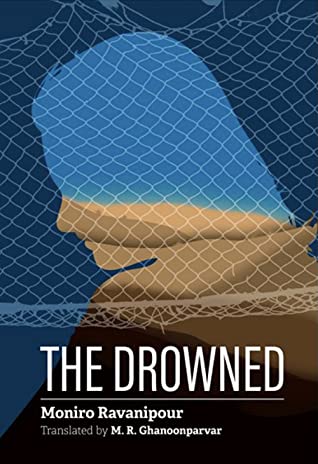
The Drowned by Moniro Ravanipour, translated by M. R. Ghanoonparvar
In The Drowned, Ravanipour writes of a world very different from the reality in the previous books on this list. The women in this book are not urban middle-class women with their specific concerns. The Drowned is about the lives of the residents in a seaside town in southwestern Iran, a year after the Iran-Iraq war. This region was most affected by the destruction of the war. People who live in this rich and strange culture are under the influence of the magic of the sea. The book is written in the style of magical realism and brings the readers to the magical world of the legends of southern Iran and the women who live there.
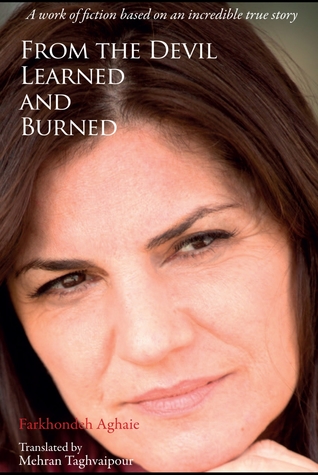
From the Devil, Learned and Burned by Farkhondeh Aghaie, translated by Mehran Taghvaipour
The woman at the heart of this novel is strange. Volga, an educated, art-loving homeless Iranian-Armenian Christian, wanders Tehran in the late 1990s and sleeps in an office, a library—anywhere she can. The novel is structured as her diary. From her notes, readers can discern her relationships, the way she earns money, the society in which she lives, and centrally, why and how her life fell apart.
Forthcoming
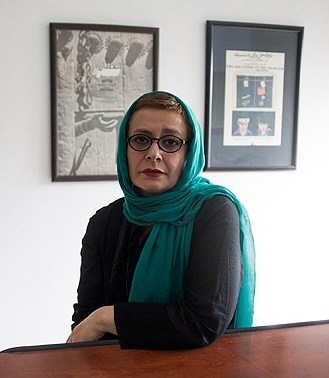
Don’t Worry by Mahsa Mohebali, translated by Mariam Rahmani
The protagonist of Don’t Worry is not interested in getting out of her traditional role, like in the previous books. This young woman—an addict who lives in Tehran in the 2000s—is free and wild. There is an earthquake and the city falls into chaos. The woman leaves the house, searching for drugs and wanders through the semi-ruined city. The world created by the author in these pages is unique and feels true to the current situation of the youth of Tehran.
The post 8 Novels in Translation by Iranian Women Writers appeared first on Electric Literature.













